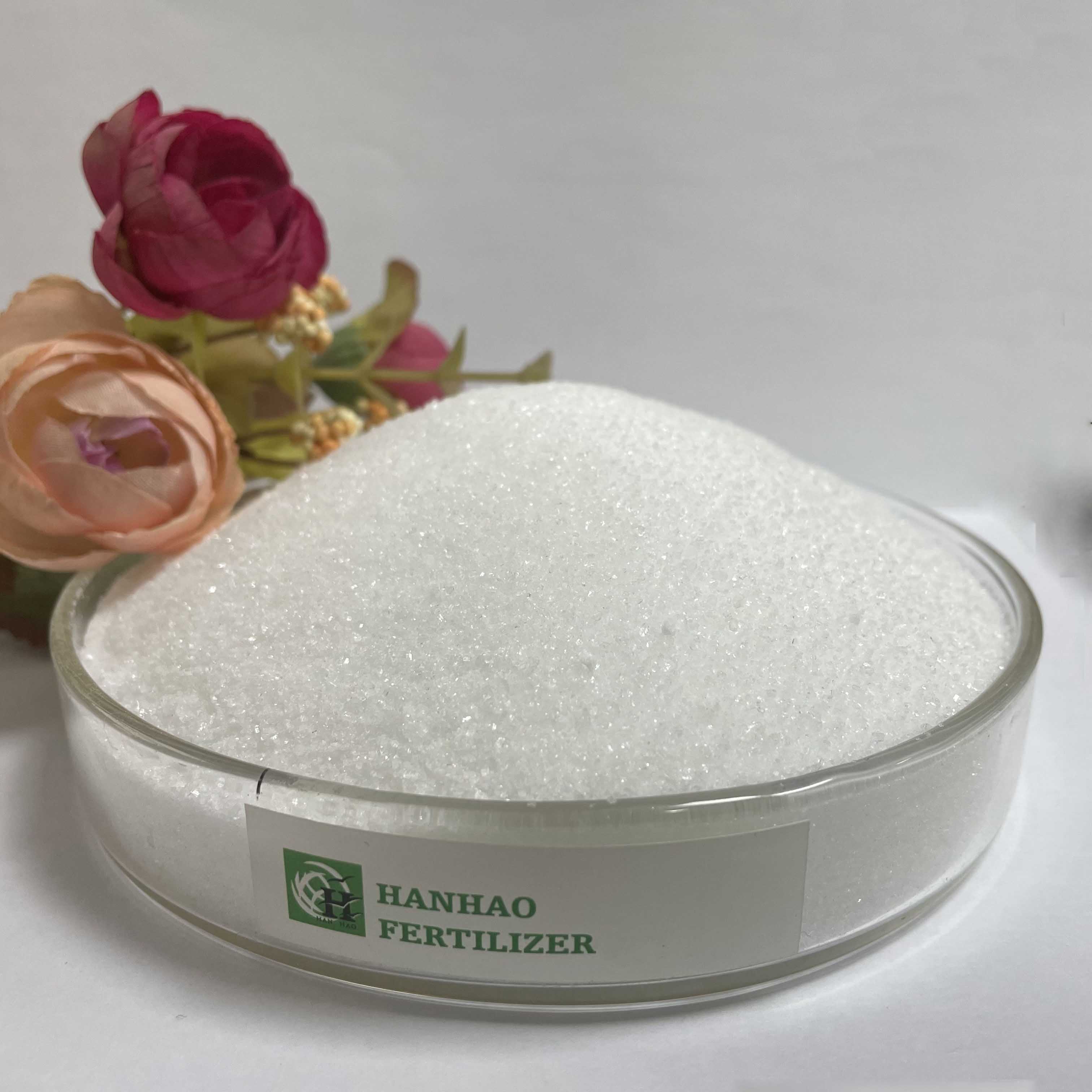
Dec . 16, 2024 15:42 Back to list
npk fertilizer for maize
NPK Fertilizer for Maize Maximizing Yield and Nutritional Value
Maize, also known as corn, is one of the world's most important cereal crops, providing food, fodder, and industrial products. To achieve optimal growth and high yields, understanding the role of fertilizers, particularly NPK (Nitrogen, Phosphorus, and Potassium) fertilizers, is essential. Each component of NPK plays a crucial role in the development of maize, significantly influencing its growth performance and grain quality.
Understanding NPK Fertilizer
NPK fertilizers are categorized based on their nitrogen (N), phosphorus (P), and potassium (K) content, typically represented as a series of three numbers on the packaging (e.g., 20-10-10). These numbers indicate the percentage of each nutrient in the fertilizer.
- Nitrogen (N) Essential for the synthesis of amino acids, nucleic acids, and chlorophyll, nitrogen is critical for vegetative growth. In maize, nitrogen promotes lush green foliage, which is vital for photosynthesis and therefore influences overall plant health and yield.
- Phosphorus (P) This nutrient plays a vital role in energy transfer and photosynthesis. Phosphorus is particularly important for root development and the maturation process, helping to increase the yield of maize by enhancing flowering and grain formation.
- Potassium (K) Known for its role in water regulation and enzyme activation, potassium helps strengthen the plant's resistance to diseases and drought. Adequate potassium levels improve the overall quality of maize grains, including their size and nutritional content.
Importance of NPK Ratio for Maize Cultivation
The NPK ratio is not one-size-fits-all; it should be tailored according to the soil type, previous crop, and specific needs of the maize variety being grown. Soil testing is essential before applying fertilizers to determine existing nutrient levels and pH, ensuring the right balance for optimal growth.
1. Early Growth Stage During the early stages of maize growth, a higher nitrogen content is beneficial to promote strong leaf development. A typical NPK blend for early growth might be 30-10-10, focusing heavily on nitrogen for vegetative growth.
2. Tasseling and Silking Stage As maize plants transition to the tasseling and silking stages, the need for phosphorus and potassium increases significantly. A balanced NPK ratio such as 10-20-20 can support flowering and grain filling, crucial for achieving higher yields.
npk fertilizer for maize

3. Nutrient Depletion Over time, nutrients in the soil can become depleted due to continuous cropping. Applying NPK fertilizers at strategic growth intervals helps replenish these essential nutrients, maintaining soil fertility and productivity.
Application Methods
When applying NPK fertilizers, several methods can be used to maximize efficiency and minimize environmental impact
- Broadcasting Spreading NPK fertilizers evenly across the field before planting. This is suitable for larger fields but may require incorporation into the soil to prevent nutrient loss.
- Banding Placing fertilizer in bands near the root zone during planting. This method enhances nutrient uptake efficiency, as roots can access the nutrients more readily.
- Foliar Application Applying fertilizers directly to the leaf surface, particularly in critical growth stages where deficiencies are identified.
Environmental Considerations
While NPK fertilizers can significantly enhance maize productivity, excessive usage can lead to environmental concerns such as water pollution and soil degradation. Implementing best management practices—like using organic amendments, crop rotation, and precision agriculture—can help mitigate these effects. Sustainable application rates, guided by soil tests, should always be prioritized to ensure the health of the ecosystem while maximizing maize yield.
Conclusion
In conclusion, NPK fertilizers are indispensable for achieving optimum maize growth and yield. Understanding the correct application ratios and timing, as well as considering environmental impacts, is key to successful maize production. By adopting sustainable practices and regularly testing soils, farmers can ensure that their maize crops not only thrive but also contribute positively to the agriculture economy and food security. Through investing in comprehensive nutrient management, we can reap the benefits of higher yields without compromising environmental integrity.
-
Premium Organic Manure Compost for Eco Gardens
NewsAug.01,2025
-
Organic 10-10-10 Fertilizer | Balanced Plant Nutrients
NewsJul.31,2025
-
Premium Amino Acid Fertilizer | Rapid Plant Growth Booster
NewsJul.31,2025
-
10 10 10 Fertilizer Organic—Balanced NPK for All Plants
NewsJul.30,2025
-
Premium 10 10 10 Fertilizer Organic for Balanced Plant Growth
NewsJul.29,2025
-
Premium 10 10 10 Fertilizer Organic for Balanced Plant Growth
NewsJul.29,2025
